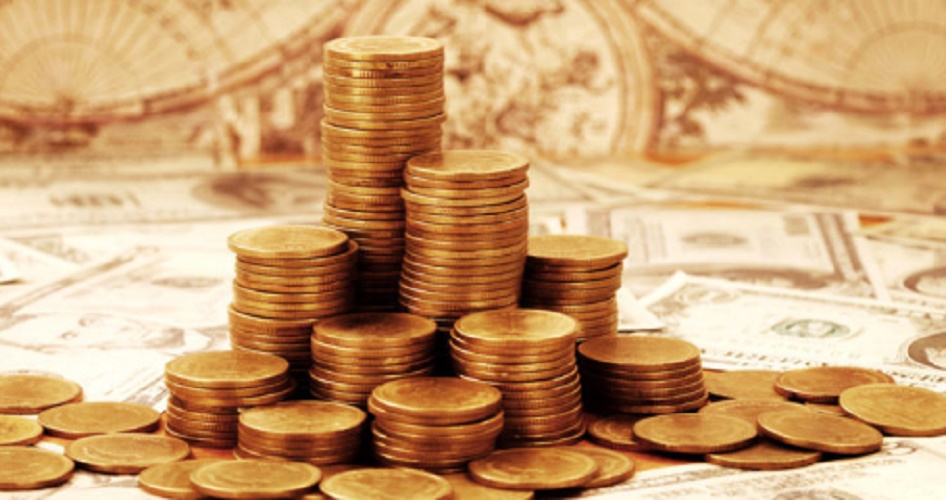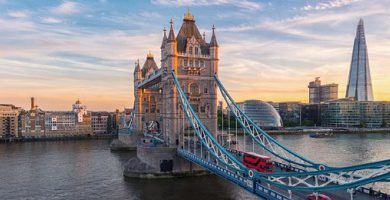What is neoliberalism?
We explain what Neoliberalism is and how the welfare state develops. In addition, the neoliberal expansion in the world.
-
What is neoliberalism?
Neoliberalism is the name with which it calls an economic but also political model , corresponding to a series of authors and governments that took liberal ideas in the twentieth century and reinterpreted them, back in the 1970s and 1980s onwards.
The essential ideas of the first liberalism appeared at the end of the 18th century , by John Locke, David Hume and Adam Smith, among many others. The latter postulated liberal economic ideas, which stood in an economy freed from the natural laws of the market, without interventions in any way.
The political facet of liberalism was the main questioner of the historic absolute monarchies that reigned in European countries, being the first to grant freedoms to historically oppressed sectors. The arrival of political liberalism was made in many cases from revolutions , which managed to leave abysmal privileges that some classes had , such as the monarchy or clergy.
Liberal capitalism was consolidated throughout the world , until in the first part of the twentieth century it had its first major crisis . The ‘great depression’ as it was called, left in several countries of the world terrible consequences in the social sphere but also from an economic perspective: all these liberal ideas came into question.
-
Welfare state

The figure of Keynes became paramount, as he proclaimed capitalism but with State intervention , acting in an anti-cyclical manner so that the economy does not bring its critical effects to society . Keynesian policies were known as ‘welfare state’ , and the quality of life of people increased thanks to state intervention. Neoliberalism resumed the claim for the non-intervention of the state, but no longer facing an absolutist monarchist state, but against that benefactor state.
During the time of the Cold War, international capitalism was severely threatened by the communism that was offered from the Soviet Union. That dispute was expressed in the form of a ‘competition’, in which one of the facets was the quality of life of people. This is precisely why in the capitalist countries interventionist policies were applied, since the welfare of individuals could not be left to the market.
The oil crisis that the welfare state could not face effectively, but mainly the fall of the USSR , resulted in capitalism being reformulated: it was the turn of the neo-liberal predominance.
-
The neoliberal expansion in the world
The presidencies of Ronald Reagan, in the United States, and Margaret Thatcher, in the United Kingdom, resumed the ideas that attribute all the evils that a country may have to the intervention of the States. They took ideas from the Chicago School (Milton Friedman) and the Friborg School (Friedrich Hayek).
They intended to eliminate all the roles of the State in the economy , including social policy instruments, and full employment objectives (neoliberal economic ideas, called neoclassical, consider the existence of a natural unemployment rate).
The policies they recommended for all countries were the following:
- Reduce monetary issuance by the State, having as its main will the fact that inflation does not grow.
- Reduce all taxes , with the corresponding decreases in the State’s actions with that money.
- Trade and investment liberalization , as well as the elimination of protectionist barriers.
- Privatization of companies that were under state control.
Although they have the same spirit, these actions are far from that first liberalism , and the consequences they had were quite predictable. Neoliberalism does not propose to avoid the emergence of monopolies and large corporations . When the States lost their functions, the decisions they used to take did not cease to be taken, but instead began to be taken by these groups.
Over the years, neoliberalism spread throughout the world , consolidating itself as – with few exceptions – the unique model, which, as the pseudo-elimination of states proclaimed, would almost generate a single country. This was called globalization , and explains how at present the cultural patterns that are consumed throughout the world are those that come from a few countries, while national cultural identities are in decline.





